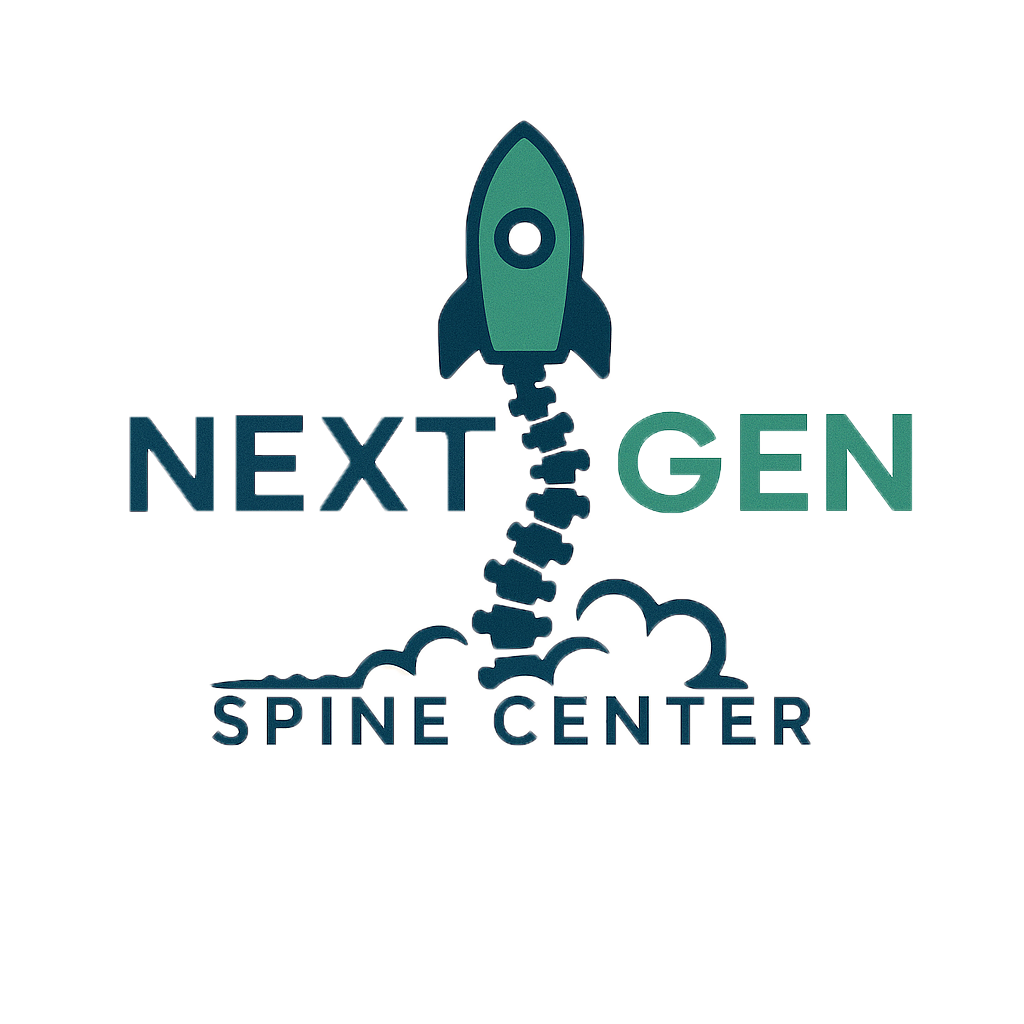Overview
Low back pain is one of the most common medical complaints, affecting people of all ages and lifestyles. It can range from a dull, constant ache to a sudden, sharp pain that makes movement difficult. Low back pain may result from muscle strain, degenerative changes, or spinal abnormalities and can significantly interfere with daily activities and quality of life.
Types of Low Back Pain
– Acute Low Back Pain: Pain lasting less than 6 weeks, often due to injury or overuse.
– Subacute Low Back Pain: Lasts between 6 to 12 weeks.
– Chronic Low Back Pain: Persists for more than 12 weeks, often related to underlying conditions.
– Mechanical Back Pain: Due to strain on the spine’s structures, including muscles and ligaments.
– Radicular Pain: Caused by nerve compression, commonly known as sciatica.
Causes
Common causes of low back pain include:
– Muscle or ligament strain
– Herniated or bulging discs
– Degenerative disc disease
– Spinal stenosis
– Spondylolisthesis
– Arthritis or osteoporosis
– Poor posture or prolonged sitting
– Trauma or accidents
Symptoms
Symptoms may include:
– Dull, aching pain in the lower back
– Sharp or shooting pain radiating down the leg
– Stiffness and reduced mobility
– Muscle spasms
– Pain that worsens with bending, lifting, or standing
– Numbness or tingling in the legs or feet if nerves are involved
Diagnosis
Diagnosis typically involves:
– Review of symptoms and medical history
– Physical and neurological examination
– X-rays to assess bone alignment and arthritis
– MRI or CT scan to identify disc or nerve problems
– Blood tests to rule out infections or inflammatory conditions
– Electromyography (EMG) for nerve function evaluation
Conservative Treatment
Non-surgical options include:
– Rest and activity modification
– NSAIDs or acetaminophen for pain relief
– Physical therapy to strengthen core muscles
– Chiropractic care or massage therapy
– Hot and cold therapy
– Epidural steroid injections
– Postural training and ergonomic adjustments
Surgical Treatment
Surgery is usually considered when conservative treatments fail or if there is nerve compression causing significant symptoms. Options include:
– Endoscopic Discectomy to remove herniated disc material
– Laminectomy to relieve spinal stenosis
– Foramenotomy to relieve foraminal stenosis or radiating pain
– Minimally invasive spine surgery (MISS)
Frequently Asked Questions
Q: When should I see a doctor for low back pain?
A: If the pain is severe, lasts more than a few weeks, or is accompanied by numbness, weakness, or bladder issues.
Q: Can low back pain be prevented?
A: Regular exercise, maintaining a healthy weight, and practicing good posture can help prevent back pain.
Q: Is surgery always necessary?
A: No, most people improve with non-surgical treatments. Surgery is reserved for low back pain that conservative treatment has failed to relieve and the symptoms affect the patients quality of life.
